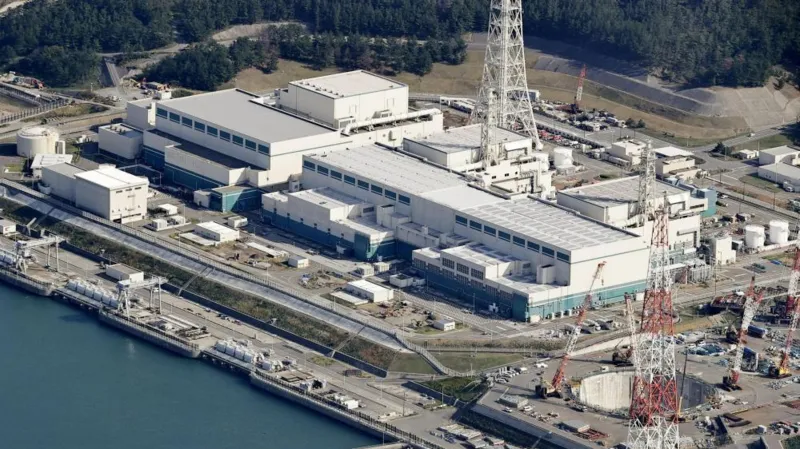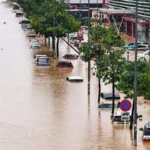Japan is taking a significant step toward restarting the world’s largest nuclear power plant for the first time since the 2011 Fukushima disaster. The Kashiwazaki-Kariwa facility, operated by Tepco, could soon resume partial operations after Niigata Governor Hideyo Hanazumi gave his approval.
The restart plan still requires the consent of the prefecture’s government assembly and Japan’s nuclear regulator. If greenlit, Tepco would first restart the plant’s No. 6 reactor, followed by No. 7, marking a major milestone since the Fukushima meltdown triggered by a devastating 9.0-magnitude earthquake and tsunami. The disaster forced 150,000 people to evacuate and led to massive radiation leaks.
All nuclear reactors in Japan were shut down in 2011, though 14 have gradually resumed operations since then. Tepco has faced enormous financial repercussions, paying trillions of yen in damages and covering decommissioning costs.
Public opinion in Niigata remains split. Recent surveys show 50% of residents support the restart, while 47% oppose it, and nearly 70% expressed concerns about Tepco managing the plant safely.
The decision highlights Japan’s growing interest in atomic energy as part of its broader push to reduce reliance on fossil fuels and achieve net-zero carbon emissions.
#JapanNuclear #KashiwazakiKariwa #Tepco #Fukushima #NuclearEnergy #CarbonNeutral #EnergyTransition





